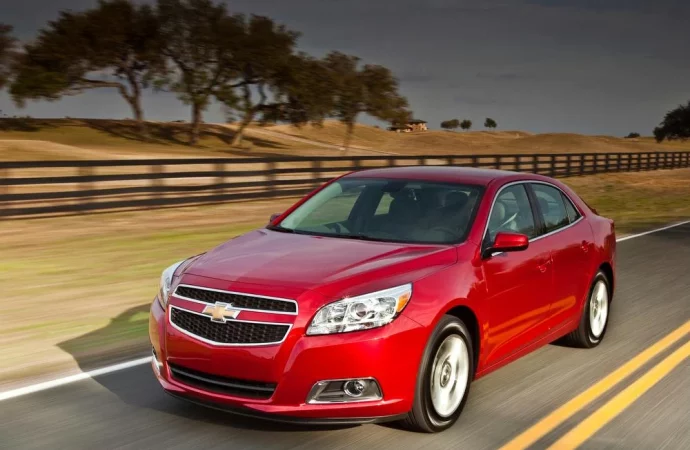This content is designed for car owners, particularly those who own General Motors (GM) vehicles manufactured in 2013. They will benefit from understanding the actions taken by GM to address the Takata airbag problem in their vehicles, ensuring their safety and vehicle reliability. 2013 Vehicles Affected: GM Recalls Due to Takata Airbag Flaw In the
This content is designed for car owners, particularly those who own General Motors (GM) vehicles manufactured in 2013. They will benefit from understanding the actions taken by GM to address the Takata airbag problem in their vehicles, ensuring their safety and vehicle reliability.
2013 Vehicles Affected: GM Recalls Due to Takata Airbag Flaw
In the realm of automotive safety, swift action is essential when potential flaws are identified. This article delves into General Motors’ (GM) response to the Takata airbag flaw affecting their 2013 vehicles. Gain insights into how GM’s recall strategy is aimed at upholding safety standards and protecting vehicle occupants.
Understanding the Takata Airbag Flaw
Takata, a notable airbag supplier, faced a pivotal safety challenge when it was discovered that their airbags had inherent flaws. These flaws had the potential to lead to airbag inflator ruptures, posing a grave danger to passengers. Amid this industry-wide concern, GM’s 2013 vehicles equipped with Takata airbags came under scrutiny.
Proactive Recall: GM’s Commitment to Safety
GM’s response to the Takata airbag flaw reflects their unwavering commitment to passenger safety. Recognizing the importance of addressing potential safety risks preemptively, GM swiftly initiated a recall of their 2013 vehicles. This decisive action highlights GM’s dedication to ensuring their vehicles meet the highest safety standards, placing customer well-being at the forefront.
Insights from Automotive Journalist Aaron Robinson
Automotive journalist Aaron Robinson provides a compelling perspective on the situation. Robinson remarks, “The Takata airbag flaw was a pivotal moment in automotive safety. It signaled a need for manufacturers to prioritize safety above all else.” Robinson emphasizes that GM’s recall of their 2013 vehicles underscores their acknowledgment of the issue and their commitment to safeguarding their customers.
Unveiling the Recall Process
The recall process orchestrated by GM is methodical and transparent. Owners of the affected 2013 vehicles are being promptly informed about the recall through various communication channels. GM’s clear communication strategy ensures that vehicle owners understand the nature of the flaw and the necessary steps to take. This approach showcases GM’s dedication to accountability and customer trust.

Image by: https://www.jdpower.com/
Elevating Safety Standards: Replacement and Assurance
GM’s recall initiative extends beyond just addressing the flaw; it’s about elevating safety standards. The replacement airbags undergo rigorous testing and stringent quality checks to ensure they adhere to the highest safety benchmarks. This meticulous approach not only preserves GM’s reputation but also solidifies their commitment to providing safe and reliable vehicles to their customers.
Conclusion: Prioritizing Passenger Safety
In the pursuit of excellence, safety takes precedence. GM’s proactive response to the Takata airbag flaw in their 2013 vehicles exemplifies their commitment to passenger safety and their dedication to maintaining their standing as a trustworthy automaker. By executing this recall, GM demonstrates that safety is non-negotiable and that their customers’ safety remains paramount.
As an owner of a 2013 GM vehicle, you can be assured that the company is diligently working to guarantee your safety and the safety of your loved ones. With this recall, GM emphasizes that they will stop at nothing to ensure your peace of mind and well-being.

















Leave a Comment
Your email address will not be published. Required fields are marked with *